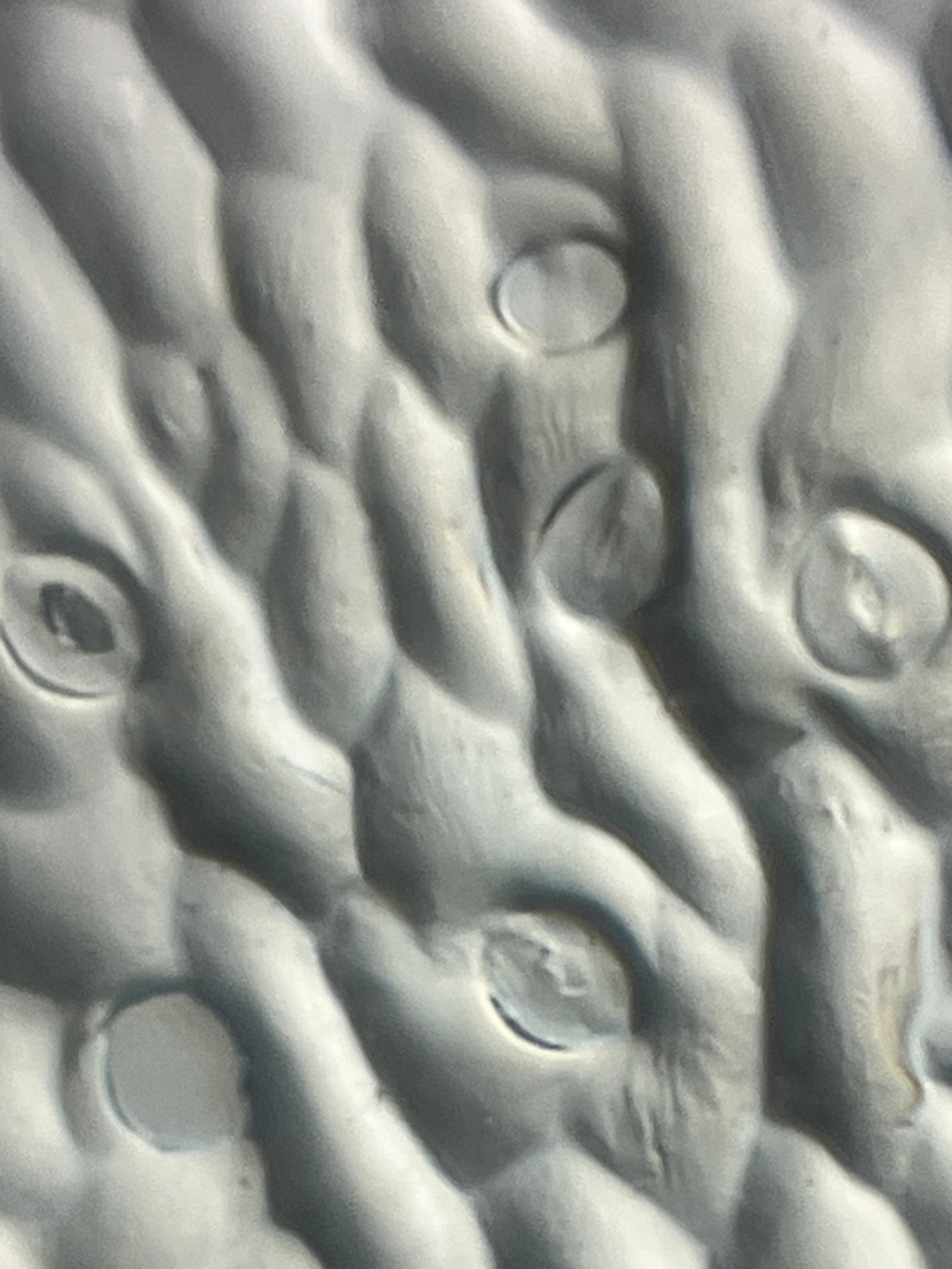Question:
Is there color hiding in your sugar?
The polarization of light is an important process in astronomy, physics, and optics. You can experience the benefits of polarization firsthand when you wear polarized sunglasses. And we can view the colorful effects of light polarization on a microscopic scale, too. Read on for a fun way to let your students discover the beauty of polarized light with a Foldscope!

Background:
Light waves move in all directions. Polarized light only moves in one direction. When sunglasses with polarized lenses are worn, the sunlight that passes through them is restricted to traveling in only one direction. This prevents light that reflects off of other surfaces from getting to our eyes and reduces glare, making it easier to see.
This phenomenon can be observed with two sheets of polarized filters. Individually, they are only letting light pass through them in one direction, (Figure 2 on the left). If they are stacked so that they are parallel, light will still pass through both filters (Figure 2 in the middle). If they are perpendicular, light will pass through the first filter, but cannot pass through the second filter (Figure 2 on the right).

The polarization of light can also be seen on a microscopic level. Some materials, like sugar crystals, are birefringent, meaning they refract polarized light in a way that separates it into different colors. This causes bright color patterns to appear.

Materials/Procedure:
Note: if you don’t have polarizing filters, you can still do this activity with two lenses from a pair of polarized sunglasses.
Materials:- Science notebook
- Pen/pencil
- Foldscope
- Two polarizing filters
- Glass slides (or paper slides)
- Ring stickers
- Pipette
- Sugar
- LED Magnifier

Procedure:
- Tape one polarizing filter onto the LED light on the magnifier.
- Attach the phone coupler to the phone.
- Tape the other polarizing filter over the phone coupler.
- Place a ring sticker on a slide and remove the cover.
- Scoop sugar crystals into the ring to fill it.
- Use a pipette to add a drop of water into the ring.
- Cover the ring with the cover sticker.
- Place the slide in the Foldscope.
- Attach the LED magnifier to the back of the Foldscope.
- Attach the phone to the front of the Foldscope.
- Use the focus ramp to get a clear view of the sugar crystals.
- Keep the Foldscope stationary, rotate the phone, and watch the color changes as the polarized light waves hit the sugar crystals.
- Draw what you see in your science notebook. Make sure you show the changes as you rotate the phone from 0 to 90 to 180 to 360 degrees.
- Do you notice any patterns in the colors as you rotate your phone? Write them down in your notebook.

What other materials are birefringent? Test them out to see if they produce similar or different color patterns.
Real World Scientist:
French physicist Etienne Louis Malus (1775-1812) discovered polarized light in 1808. His research provided support to the idea that light travels in waves. Malus was able to calculate the intensity of light passing through two polarized filters using what is known as Malus’s Law.
Real World Artist:
Austine Wood Comarow (1942-2020) was an artist who liked to “explore the mysteries of light.” She used polarized light and other filters to create interactive artworks that can be found in museums around the world. Comarow even partnered with the Maui Jim sunglasses company to create art that can only be seen using polarized lenses!

Extension:
This blog ties together the three dimensional framework of the NGSS. It covers the Disciplinary Core Idea of Physical Science. Students will see the Crosscutting Concept of Structure and Function. This activity is also a way for students to deepen their understanding of the Science and Engineering Practice of Ask Questions and Define Problems.

However, this exploratory activity can go beyond the science classroom. Join forces with:
- a Social Studies teacher to find birefringent materials that are local to different countries and use the color combinations seen in the Foldscope to make unique maps of those countries,
- a Math teacher to use graph paper and angles to mimic the color patterns seen in the Foldscope,
- an ELA teacher to challenge students to come up with as many unique adjectives as possible to describe the colors seen in the Foldscope,
- and a visual arts teacher to create art that uses polarized light passing through different materials!

Connect:
Share your observations, discoveries, pictures, and interdisciplinary extension activities with the Foldscope community. Submitting your Foldscope images related to the polarization of light to the Microcosmos will help build up a strong scientific database that can help support new and innovative scientific research!
Sources:
https://micro.magnet.fsu.edu/optics/timeline/people/malus.html
https://www.austine.com/


